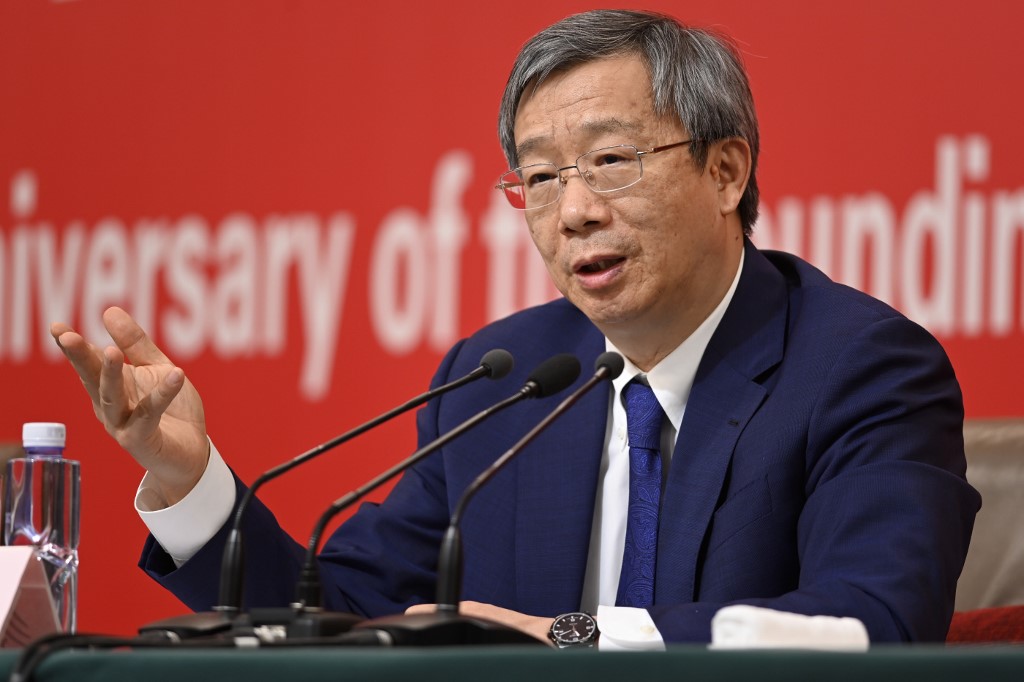(ATF) China is set to gain first mover advantage with the launch of a digital currency in the post-virus era as social distancing, remote working and online commerce become part of everyday life.
While its ambition of dethroning the US dollar is a long-term goal, China will certainly push forward internationalisation of the yuan currency via increased cross-border usage.
Carlo Cocuzzo, an economist specialising in digital finance at ING Bank, said: “The coronavirus pandemic could encourage central bank digital currency (CBDC) adoption throughout the world because of rising contactless payments and a bigger role for governments within the economy. Some countries could even ‘flex their muscles’ in the digital payments market once the dust settles.
“China is at the forefront of experimenting with digital payments and digital platforms,” he said.
Virtual banks like e-commerce giant Alibaba’s MyBank and Internet conglomerate Tencent’s WeBank are already altering the financial services markets with their outreach to small businesses and into rural areas.
BofA Securities said in a report: “With over 800 million users actively using mobile payment systems such as WeChat Pay and AliPay, China is well positioned to adopt DC/EP – digital currency and electronic payment.”
All the functions of traditional money
DC/EP is a centralised, sovereign-issued digital currency with all the functions of traditional money. It is a form of central bank digital currency (CBDC).
Since the focus would be on replacing cash there would be little impact on banking sector deposits, and the overall operations of the financial system while the move would potentially enable banks to regain customer relationships and valuable customer data from third-party payment firms, BofA Securities analysts said in its report.
“DC/EP could enhance the convenience and reduce the cost of cross-border use of yuan by Chinese travellers overseas and foreign yuan holders, particularly over platforms such as the Blockchain-based Services Network (BSN), whose global commercial launch is scheduled for June 25,” the report said.
The government launched pilot programmes of the CBDC in four cities last month.
People’s Bank of China governor Yi Gang said earlier this week there was no timeline for a digital currency to be issued. The PBoC is running simulations and internal use of CBDC in Shenzhen, Xiong’an, Chengdu and Suzhou.
PBoC: No timetable for launch, still testing
Yi Gang said the People’s Bank of China is carrying out research and development in the digital yuan system jointly with commercial banks and other institutions. The R&D includes top-level design, standard formulation, function development, joint debugging tests, under the premise of a double-layer operation, cash (M0) substitution, and controllable anonymity.
“At present, the digital RMB research and development work follows the principles of stability, safety, controllability, innovation, and practicality,” he said. And tests were being conducted to verify theoretical reliability and system stability, function availability, process convenience, scenario applicability, and risk controllability, Yi said in comments posted on the central bank’s website.
“There is no timetable for when it will be officially launched . the current pilot test is still a routine work in the research and development process, and does not mean that the digital RMB will be officially issued.”
Even so, these early initiatives would certainly give China a head start.
“Digital RMB is unlikely to threaten USD hegemony in the foreseeable future but China’s first mover advantage alongside its disproportionately large role in global trade and growing presence in international finance matters and suggests a digital RMB will help increase cross-border usage over time,” BofA Securities analyst David Cui said in a report.
“Ultimately, this is likely to be the actual (and more realistic) objective for China than a serious attempt to displace the USD’s status as the global reserve currency.”
The dollar’s dominance would be hard to match. According to the IMF, more than 60% of central bank reserves, including China’s $3 trillion, were held in US dollars and 90% of forex trading was greenback-denominated.
ING’s Cocuzzo said: “But in the end, whether a digital currency succeeds or not, was never, and never will be, a purely economic or technological question. It is primarily about political acceptance and alignment with other political strategic goals, both domestic and international.
“Only time will tell if China will succeed in building a convincing narrative underpinning a more relevant role for its own currency.”
























